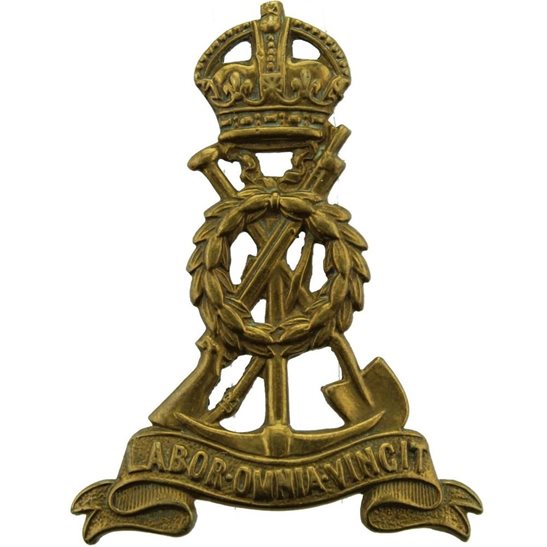Personal Details
Born: 3 November 1894 in Sale, Cheshire.
Family: He was the eldest of six children born to James Cresswell Pidduck, a cattle food agent and paper merchant, and his wife Polly. He married Elma Helen between 1921 and 1925; the marriage could have taken place in the West Indies. There were three children born to the couple – Olive, Yvette and Henry Geoffrey.
Residence: In 1901 he lived at 3 Holmefield Hope Road, Sale, Cheshire; by 1911 the family had moved to York House, 26 Station Road, Whitchurch, Shropshire where he continued to live until at least 1919. His travel between the UK and West Indies between 1921 and 1937 suggests that he was living there returning from time to time to the UK. It is possible he lived there for the rest of his life as no death record can be located in the UK.
Education: He attended Whitchurch Grammar School between 1910 and 1911 when he left to start a three year course at Harper Adams Agricultural College, Newport, Shropshire.
Employment: The records of his passage between the UK and West Indies indicated that he was a government official and a schoolmaster. He carried our official duties (eg as a member of the Antiguan Central Library Board and attending fruit and vegetable conferences).
Died: Not known
Military Details
Regiment: Labour Corps (previously Shropshire Yeomanry)
Rank: Private
Service Number: 625694 (previously 225324)
Date of Enlistment: Not known
Date of Discharge: 3 March 1919
Reason for Discharge: No longer fit for active service
Other Information: Brother of Charles Cresswell and Reginald Boothroyd who also served in WW1. He was reported as wounded in late 1917.
Henry was awarded the Campaign Medals (British War Medal, and Victory Medal)

The British War Medal (also known as 'Squeak') was a silver or bronze medal awarded to officers and men of the British and Imperial Forces who either entered a theatre of war or entered service overseas between 5th August 1914 and 11th November 1918 inclusive. This was later extended to services in Russia, Siberia and some other areas in 1919 and 1920. Approximately 6.5 million British War Medals were issued. Approximately 6.4 million of these were the silver versions of this medal. Around 110,000 of a bronze version were issued mainly to Chinese, Maltese and Indian Labour Corps. The front (obv or obverse) of the medal depicts the head of George V. The recipient's service number, rank, name and unit was impressed on the rim.
The Allied Victory Medal (also known as 'Wilfred') was issued by each of the allies. It was decided that each of the allies should each issue their own bronze victory medal with a similar design, similar equivalent wording and identical ribbon. The British medal was designed by W. McMillan. The front depicts a winged classical figure representing victory. Approximately 5.7 million victory medals were issued. Interestingly, eligibility for this medal was more restrictive and not everyone who received the British War Medal ('Squeak') also received the Victory Medal ('Wilfred'). However, in general, all recipients of 'Wilfred' also received 'Squeak' and all recipients of The 1914 Star or The 1914/1915 Star (also known as 'Pip') also received both 'Squeak' and 'Wilfred'. The recipient's service number, rank, name and unit was impressed on the rim.

